You can regard your long steel pipe as a waveguide.
There are four principal ranges for RF frequency to consider when trying to transmit an RF signal along a pipe
a) waveguide below cutoff
b) single mode operation
c) operation with a few modes
d) operation with very many modes
The two lowest frequency modes for circular waveguide are TE11 and TM01. In a pipe of radius 300 mm, the cutoff frequencies for these are 292 MHz and 381 MHz respectively.
a) Below 292 MHz, no RF energy will propagate along the pipe. There will be an evanescent (decaying, or non-propagating) near field over a distance of a few pipe diameters.
b) Between 292 MHz and 381 MHz, only the TE11 mode will propagate. This 'single mode' state is the preferred range for operating waveguides, as the single mode travels at a single uniform speed, and there is no dispersion.
This mode is strongly coupled to the walls, depending as it does on currents flowing in them. Steel is a very bad waveguide material. Being magnetic, the skin depth is very small, and then its resistivity is much higher than copper anyway. Copper or silver (plating) are the usual materials used for the inside faces of waveguides. Any joints in the pipe will interrupt the currents in the walls and compromise your transmission.
Gentle bends will guide the waves along the pipe (the clue is in the name, waveguide), so line of sight is not required.
c) Once above 381 MHz, both TE11 and TM01 modes can propagate. Unfortunately, they travel at different speeds, which will be well below that of c in free space when near the cutoff frequency. Even if you try to launch one particular mode, any discontinuity in the pipe will convert energy from one mode to the other. The different speeds will result in dispersion in your received signal. Dispersion like this only matters if it spreads energy out over an appreciable fraction of your symbol time (assuming a digital link), so with a slow enough data rate, or a short enough pipe, you will not have a problem. Video down a long pipe would not be practical. Both modes will still suffer high attenuation as they are strongly coupled to the waveguide.
As you move up to higher frequencies, further modes will become able to propagate, further compounding the dispersion problem. See the rfcafe for the cutoff frequencies of various modes.
d) Once you get into much higher modes, less of the energy is carried in the walls of the guide and the attenuation will improve. The dispersion issue does not necessarily get any worse, as the energy has many modes to partition between, and their speed will be tending to group near to c.
As the frequency increases even higher through the RF spectrum, eventually you get to light.
The attenuation of the signal, and therefore its reach distance, will be very dependent on the quality of the pipe. I would recommend doing a quick experiment with some commercial 434 / 868 MHz or even 2.4 GHz modules, to see what distances and data rates are possible with multimode. If attenuation is a problem, then going single mode won't help. If dispersion or data rate is a problem, then going down to 350 MHz will help.
If line of sight is a possibility, then optical is certainly worth a try. Depending on the surface finish of the pipe, you may be able to work round gentle bends. It's possible to have very high launch powers with IR diodes, and high sensitivity with commercial IR receivers. You don't indicate the distance you are after, so I've no idea whether this is feasible for your case. Ultrasonics may also be possible, with the same feasibility caveat.
There is a mode that goes down to DC, coaxial or TEM mode. It may be practical to unroll a single strand of insulated wire behind the robot, and collect it again when returning. Couple to it directly at the basestation, and capacitively at the robot. As long as you use frequencies below 292 MHz, there will be no excitation of propagating waveguide modes to complicate things
FWIW, a few decades ago, I bought a reel of surplus four conductor (organised as two twisted pairs with different pitches for low crosstalk) 0.6 mm total O/D steel anti-tank missile communication wire 2.4 km long to play with. This was intended to be paid out from behind the missile as it flew. I estimated >110 dB loss for kHz rate signals along this, which is a practical signal level budget.


